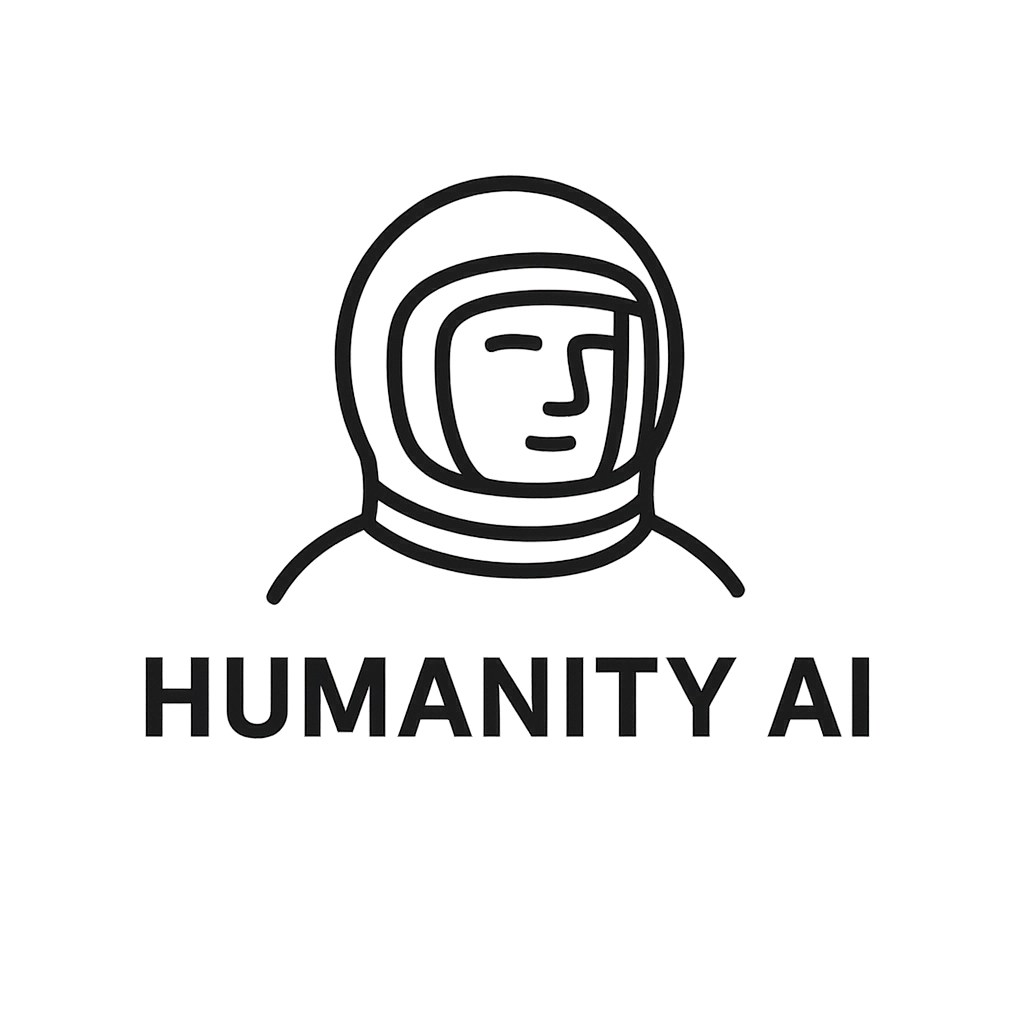The Humanity Imperative: Why AI Must Work for People, Not Just Systems
Artificial Intelligence (AI) is no longer a futuristic concept; it's woven into the fabric of our daily lives. From personalized recommendations to autonomous vehicles, AI's influence is undeniable. However, as we integrate these technologies, a critical question arises: Are we designing AI to serve systems or to serve people?
Beyond Automation: Embracing Augmentation
The initial allure of AI was its potential to automate tasks, enhancing efficiency and reducing human error. While automation has its merits, it's a narrow lens through which to view AI's capabilities. The true promise lies in augmentation—using AI to enhance human abilities, not replace them.
Erik Brynjolfsson, a prominent voice in the AI discourse, emphasizes this shift: "The alternative is augmentation: using AI to complement people by enabling them to do new things." This perspective champions AI as a collaborator, amplifying human potential rather than rendering it obsolete.
Designing with Dignity at the Core
Human-centered AI isn't just a design philosophy; it's a moral imperative. It demands that we prioritize human values, ensuring that AI systems are transparent, ethical, and aligned with our collective well-being.
Key principles include:
- Transparency: Users should understand how AI systems make decisions.
- Accountability: There must be mechanisms to hold AI systems and their creators responsible.
- Inclusivity: AI should serve diverse populations, avoiding biases that marginalize groups.
- Empowerment: AI should enhance human agency, not diminish it.
As highlighted by Deloitte, "Design AI applications to be accessible to humans and controlled for bias, particularly for the historically marginalized, the disabled, and highly sensitive populations."
The Risks of Neglecting the Human Element
Ignoring the human aspect in AI design can lead to unintended consequences:
- Bias and Discrimination: AI systems trained on skewed data can perpetuate societal biases.
- Loss of Trust: Opaque AI decisions can erode user confidence.
- Dehumanization: Over-reliance on AI can diminish human interaction and empathy.
These pitfalls underscore the necessity of embedding human-centric values into AI development from the outset.
Charting a Human-Centric AI Future
To harness AI's full potential, we must:
- Engage Diverse Stakeholders: Incorporate perspectives from various communities to ensure AI serves a broad spectrum of needs.
- Implement Ethical Frameworks: Adopt guidelines that prioritize human rights and societal well-being.
- Foster Continuous Dialogue: Maintain open conversations between technologists, ethicists, and the public to navigate AI's evolving landscape.
By taking these steps, we can steer AI development toward outcomes that uplift humanity.
Join us as we build AI that serves—not replaces—humans.
